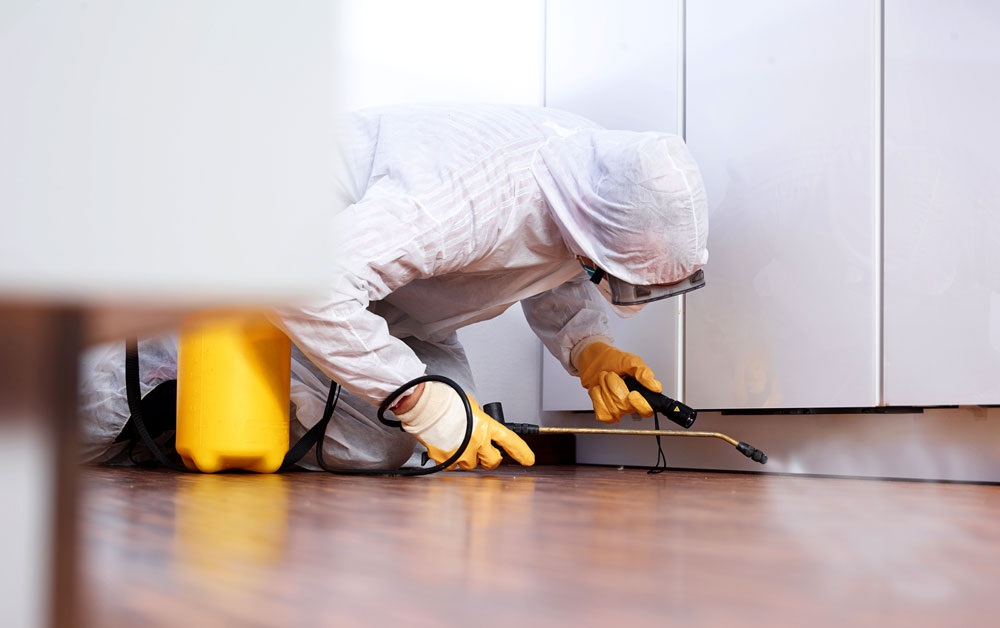Rodents like mice and rats are not just unwelcome guests in our homes; they can also cause significant damage to property and pose health risks to our families. Fortunately, with some proactive measures, you can rodent-proof your home effectively. In this guide, we’ll outline five essential steps to help you keep these pesky intruders out for good.
1. Seal Entry Points:
Rodents can squeeze through surprisingly small openings, so it’s crucial to seal any potential entry points into your home. Inspect the exterior of your house carefully for gaps around doors, windows, vents, and utility penetrations. Use caulk, steel wool, or hardware cloth to fill in these gaps and prevent rodents from gaining access.
2. Keep Your Home Clean and Clutter-Free:
Rodents are attracted to food sources and clutter where they can build nests. To deter them, maintain a clean and clutter-free environment both inside and outside your home. Store food in airtight containers, clean up spills promptly, and avoid leaving pet food out overnight. Declutter basements, attics, and storage areas to eliminate hiding spots for rodents.
3. Trim Trees and Shrubs:
Overhanging branches and dense vegetation near your home provide easy pathways for rodents to enter. Keep trees and shrubs trimmed back at least three feet away from the exterior walls of your house to prevent rodents from using them as bridges. Additionally, clear away any debris, such as woodpiles and leaf piles, that could attract rodents.
4. Install Rodent-Proof Screens:
Ventilation openings and chimney caps are common entry points for rodents, but you can prevent them from entering by installing rodent-proof screens. These screens have smaller mesh sizes than standard screens, making it impossible for rodents to squeeze through. Make sure to inspect and repair any damaged screens regularly to maintain their effectiveness.
5. Schedule Regular Inspections:
Even with preventative measures in place, it’s essential to remain vigilant against rodent infestations by scheduling regular inspections of your home. Look for signs of rodent activity, such as droppings, gnaw marks, and nesting materials, in common hiding spots like attics, basements, and crawl spaces. If you suspect an infestation, take immediate action to address it before it becomes a more significant problem.
Conclusion:
Rodent-proofing your home requires a combination of proactive measures and regular maintenance to keep these unwanted guests at bay. By following the five essential steps outlined in this guide—sealing entry points, keeping your home clean and clutter-free, trimming trees and shrubs, installing rodent-proof screens, and scheduling regular inspections—you can significantly reduce the risk of rodent infestations and enjoy a pest-free living environment for you and your family.


